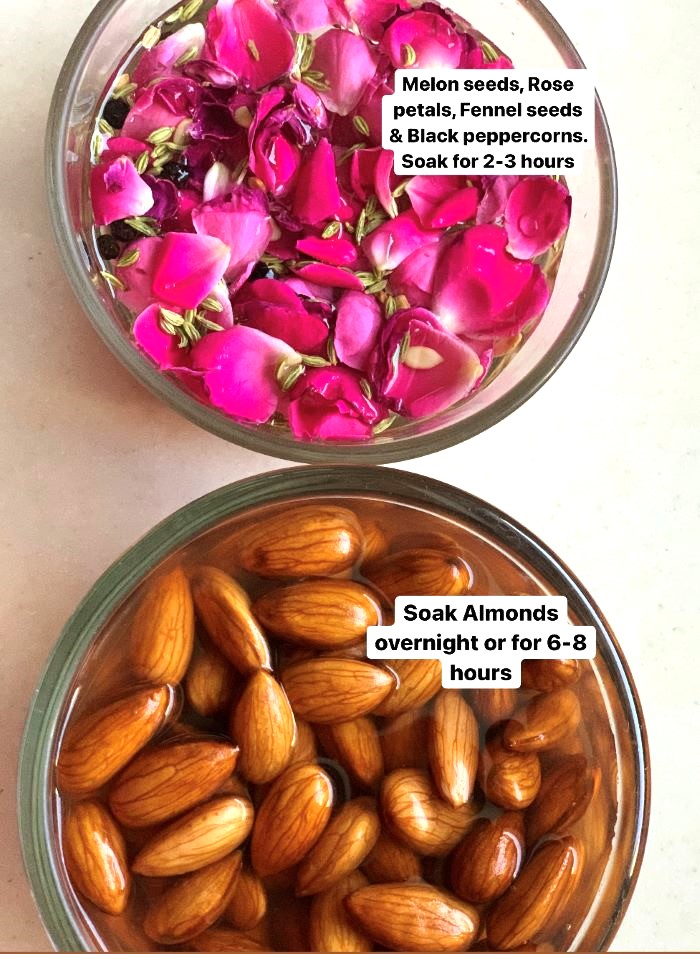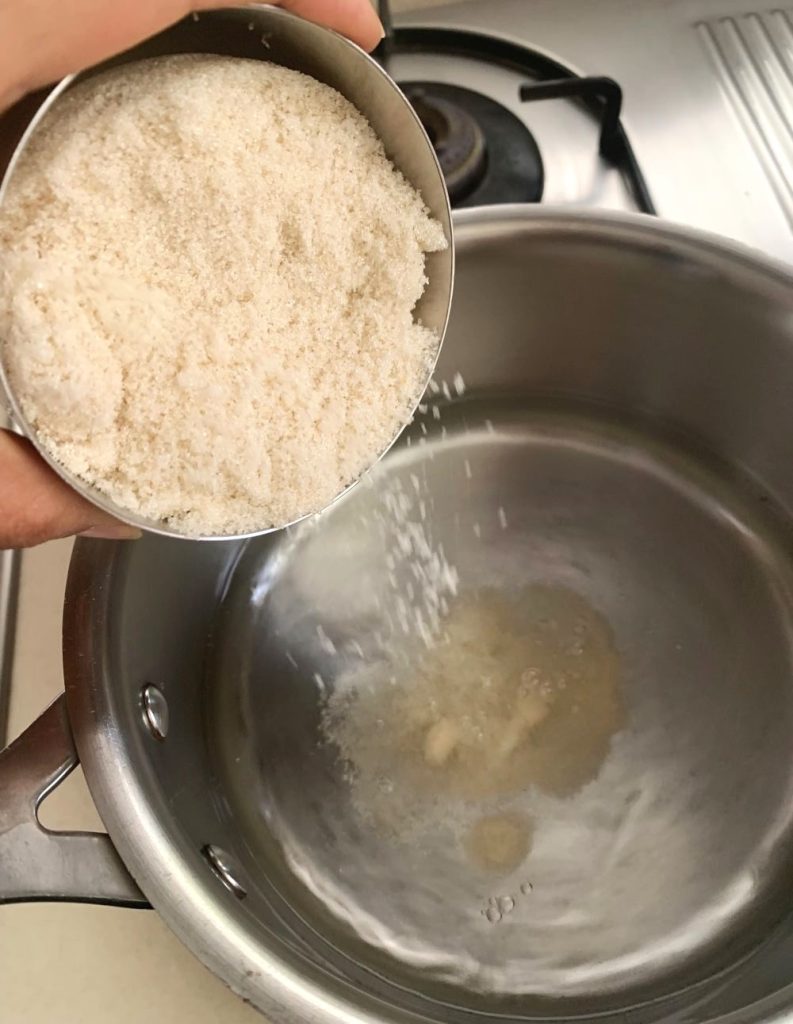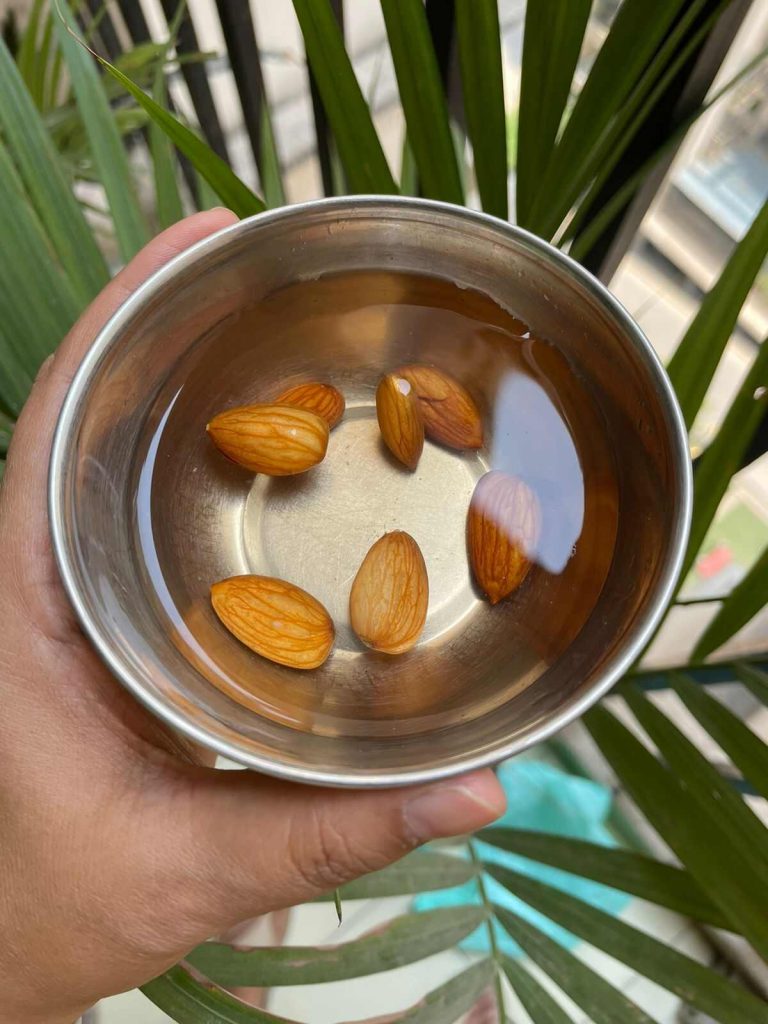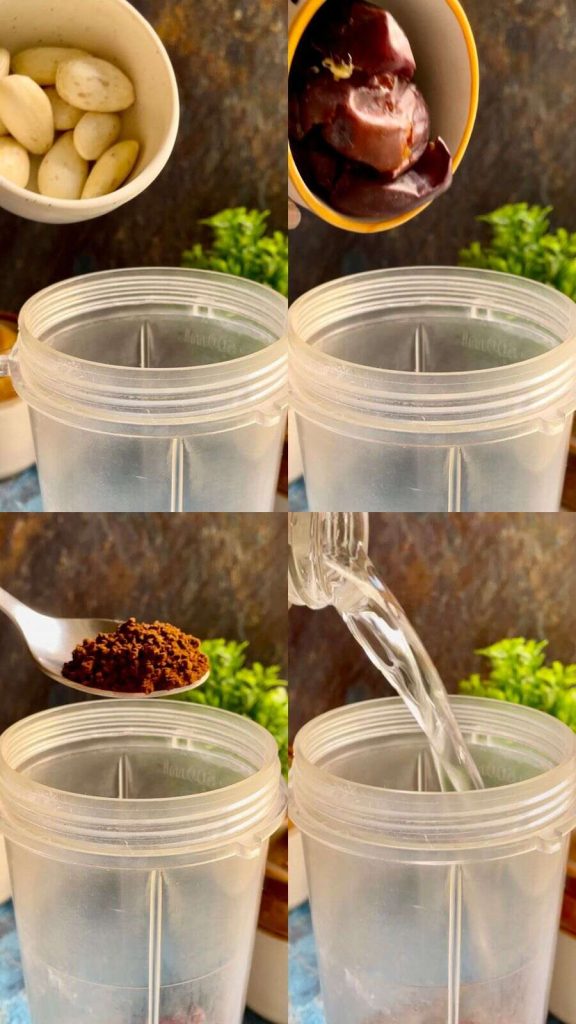
Cutlets originally was derived from the French favourite cotelette, which evolved into ‘cutlet’ in English. It referred to a thin slice of meat, typically taken from the leg or rib section of the animal. This meat was often breaded and fried, creating a crispy and a flavorful dish.
Cutlets have had quite a history. It came to English shores around 1700s. During those times, dishes with potatoes were considered a novelty. It was introduced in India by the Britishers around 1800s. Thanks to their love for French cooks. When the British came to Bengal, Lord William Amherst started cultivation of potatoes in India. Around those times, the colonial cooks mashed up boiled potatoes and mixed up minced meat to make the neat cutlet.
For the initial years, cutlet remained the privy of the British occupied spaces. Gradually, it made its way to commercial places which even included railway towns and mining colonies. It became so common that even leftover sabjis found its way into becoming a cutlet.
Among several cutlet recipes, this is the one I enjoy the most because, first of all, it is a fuss free recipe, its healthy, gluten free, a flavor bomb and most importantly they are not deep fried. This can be served as an evening snack or in breakfast. Since it is not deep fried and are gluten free, they are also light on you stomach. These are especially great for all the picky little eaters. My little one gobbled them in no time. 🙂
These can also be stuffed inside toasted bread slices. Use your favourite dressing, top it with lettuce, tomato and onions and enjoy a wholesome meal.

Recipe: makes 6 cutlets
Ingredients
- 2, boiled Potatoes
- 1/2 cup Indian Cottage Cheese or Paneer
- 2 tbsps, finely chopped Onion
- Handful of Mint Leaves and Coriander Leaves
- 1 tbsp grated, Ginger
- 3 tbsps, Millet flour (I used Finger Millet/Ragi Flour)
- 1 tsp, Dhania or Coriander powder
- A pinch, Garam Masala
- 1/4th tsp Red Chilli powder (optional)
- 1/2 tsp, Jeera or Roasted Cumin powder
- 1/2 tsp Amchoor or Raw Mango powder
- Salt to taste
- Oil/Ghee to cook
Instructions
- Mash boiled potatoes in a bowl. To it add grated paneer/cottage cheese, onions, mint and coriander leaves and ginger. These herbs give an amazing flavor.

- Now, add all the spices- coriander powder, cumin powder, red chilli powder, raw mango powder, garam masala and salt.
- In a pan, add millet flour and roast on low flame till it is fragrant. It should take you roughly 2-3 minutes. Keep stirring continuously. Once the flour has roasted well, add it to the potato mixture.
- Mix everything very well and form a soft dough. If it feels sticky, you can add more flour. Check for seasoning. Once ok, give it a desired shape. Keep aside
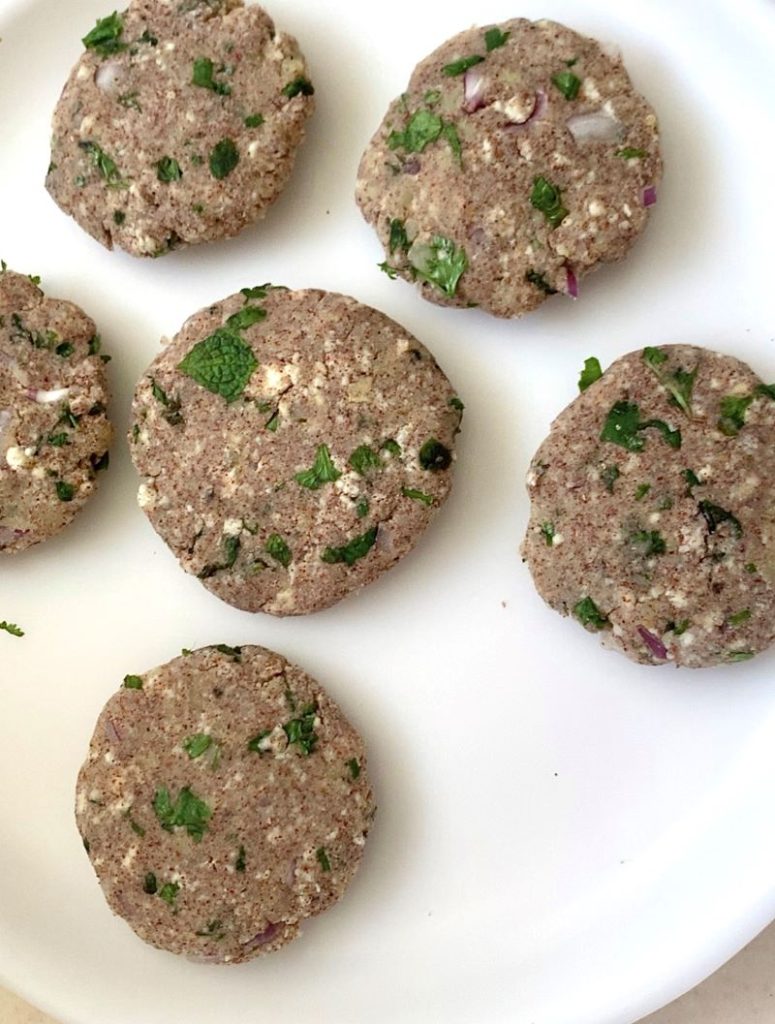
- Heat a griddle or tawa on a medium heat. Add a tbsp of oil/ghee. When the oil is hot, gently place the cutlets on the griddle or tawa.

- Fry them for 2-3 minutes each side till it gets golden brown on both sides. Do that on a low flame, so that it cooks well from inside.
- Serve it with green chutney or ketchup.
Enjoy!!
Protein Content:
- Paneer: 10 grams
- Potatoes (Large): 5 grams
- Millet (Ragi flour): 5 grams
Total Protein: 20 grams
Notes:
- You can also use poha/flattened rice flour in place of millets. Just grind raw and dry poha to a powder and use it in place of ragi. Just make sure the poha powder is fine, otherwise the mixture will turn crumbly.
- Quantity of flour may change depending on the kind of potatoes or the moisture level in your cooked potatoes.
- You can also add vegetables of your choice here, like, shredded carrots, cabbage, boiled peas, spinach.



